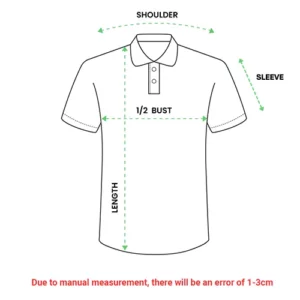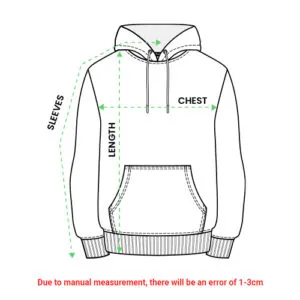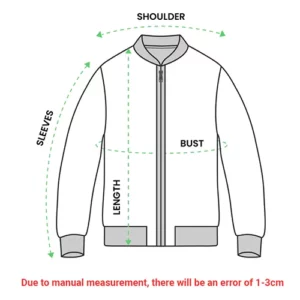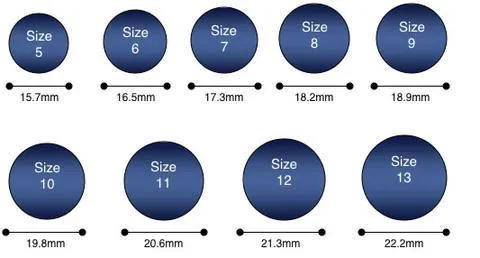Halloween Origins explores the history and traditions behind the annual Halloween celebration, tracing its roots from ancient Celtic harvest festivals like Samhain to its modern blend of symbols, costumes, trick-or-treating and activities. The article analyzes origins of traditions like jack-o-lanterns, fortune telling, bonfires and examines religious observances.
History
The modern Halloween holiday has its roots in the ancient Celtic festival of Samhain. Among the Celtic peoples, October 31st marked the end of summer and the beginning of the dark, cold winter, which was called “Samhain” in Old Irish. It was believed to be a time when the world of the living intersected with the world of the dead and all manner of supernatural creatures. On the night of Samhain, the Druids built huge sacred bonfires where sacrifices were made and the souls of the dead were honoured. People would wear costumes made from animal heads and skins to scare away evil spirits. This was the beginning of modern Halloween costumes.

When the Catholic Church became the dominant religion in Europe during the Middle Ages, they combined the traditions and symbols of Samhain with the Christian holiday of All Saints Day, which was celebrated on November 1st. The evening before All Saints Day became known as All Hallows Eve and later Halloween. Over the centuries, many aspects of ancient Samhain practices blended with Christian traditions as Halloween spread throughout Western Europe and beyond.
As millions of Irish immigrants fled to North America during the 19th century potato famine, they brought their Halloween traditions with them. The celebration was eventually adopted by North American Puritan colonists and became more of a secular community-based event centered on harvest time in the fall. In the late 1800s, Halloween also became an increasingly popular American holiday following waves of European immigrants.
Traditions and Symbols
Jack-o’-lanterns: One of the most iconic Halloween symbols is the carved pumpkin jack-o’-lantern. This tradition originated from Irish folklore, where turnips, potatoes or beets were hollowed out and carved to look like scary faces, with light shining through to ward off wandering souls. Immigrants brought this tradition to America, where pumpkins, being larger and more available, became the preferred jack-o’-lantern produce.
Costumes: Ancient Celts would wear costumes when taking part in divination rituals to tell fortunes on Samhain. Masking oneself or dressing as a different creature was part of the fun. Today’s costumes range from cute witches and princesses to gruesome zombies and vampires. Common costumes also include ghosts, goblins, animals and pop culture characters.
Trick-or-Treating: This tradition originated from the ancient Celtic practice of “mumming” where people would dress up and sometimes perform dances or plays in exchange for food. In the Middle Ages, poor people would go door to door on All Hallows Eve, requesting food or money in exchange for prayers for the dead. Similar practices of “souling” were continued by Christians in the UK and Ireland up until the 1930s.
American traditions of trick-or-treating emerged in the 1920s and 1930s. Children would go door-to-door in costumes, threatening pranks in exchange for treats such as candies, nuts and pennies. This custom became a highly anticipated annual activity for children.
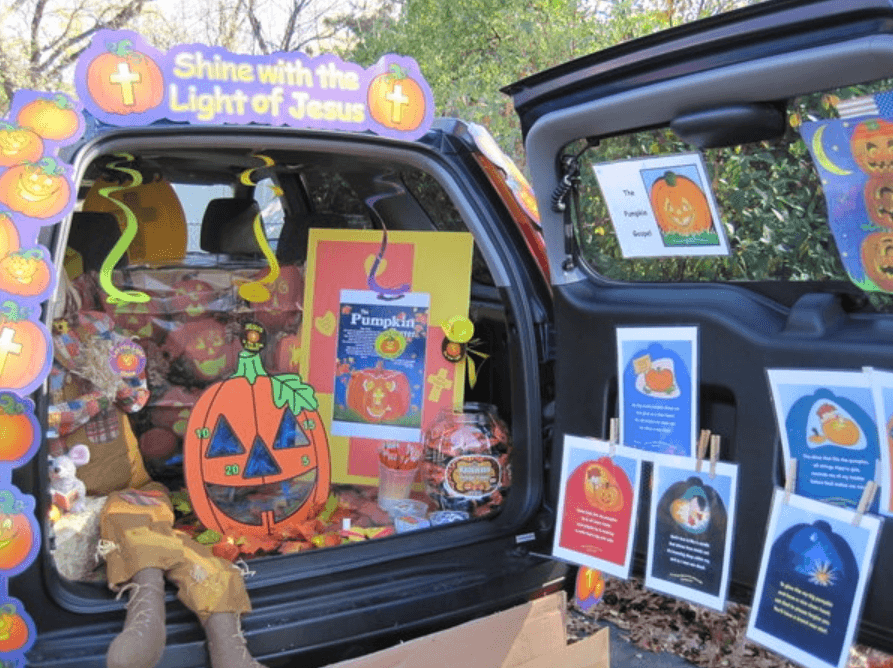
Carving Pumpkins: While jack-o-lanterns originated in Ireland, the tradition of pumpkin carving spread in America and associated Halloween with pumpkins. In the 1830s, pumpkins were abundant with their seeds easily removed and faces easily carved. By the 1890s, seasonal pumpkin crops led farmers to promote the use of pumpkins in Halloween decorations and traditions.
Bonfires: An ancient Celtic tradition was to light bonfires on Samhain. This was thought to represent the festival of fire and allow communication between the living and the dead. Bonfires have also historically been present at fall harvest festivals across cultures. Some modern Halloween celebrations revive this tradition through seasonal campfires and yard decorations featuring artificial or carved pumpkins with candles.
Symbols like black cats, ghosts, skeletons, witches, bats, spiders and concepts like death have become Halloween iconography. Popular colors are orange, black, and sometimes purple. Costumes, decorations, greeting cards and media have all incorporated classic Halloween motifs over time.
Games and Other Activities
bobbing for apples: This game challenged participants to bite into an apple floating in a water-filled tub or tub with their hands behind their backs. It possibly originated as a Roman practice to predict if two potential partners were a romantic match.
fortune-telling: Common fortune-telling games on Halloween include interpreting patterns made by thrown seeds or the shapes of yolks floating in eggshells. Ouija boards may also be used to contact the spirit world.
watching scary movies or horror films:A shared tradition of horror movies and scary stories roots back to ancient storytelling practices to frighten and spread folklore during Halloween’s era when the veil between worlds was thought to be thinnest. Modern media continues this tradition.
costume parties, dances, parades: These festive community gatherings allow people to socialize in costumes and celebrate the fall season together through shared experiences.
Typical Halloween Foods
Apples and candy corn are classic American Halloween foods that play a role in bobbing for apples and trick-or-treating. Irish traditions included foods like barmbrack (fruitcake), colcannon (potato-kale dish), apple buns, Halloween bread and soul cakes. Potatoes were also commonly eaten as part of the harvest celebration. Catholic influences led to foods like doughnuts, cookies, candy being prepared and offered to those who begged or sang for “soul cakes” on All Hallows Eve.

Religious Observances
While Halloween’s observances have become largely secular over the centuries, some Christian traditions remain.On October 31st, some Catholic and Protestant churches hold Allhallowtide services. This religious three-day observance includes Allhallowmas (All Saints Day on November 1st) and All Souls’ Day (November 2nd) that offer opportunity for prayer, remembrance, fasting and acts of intercessory prayer for souls. These holy days carry forward the ancient Celtic harvest celebrations’ themes of honoring the dead as the liturgical calendar moves into winter.
In summary, modern Halloween celebrations incorporate a diverse array of cultural traditions stemming from ancient harvest festivals, folklore and Christian religious observances through fall and winter. Many symbols and traditions dating back centuries continue to shape Halloween, making it a much-anticipated annual fall holiday centered around fun, costumes, treats, folk customs and communal festivities that cross religious and cultural boundaries.


